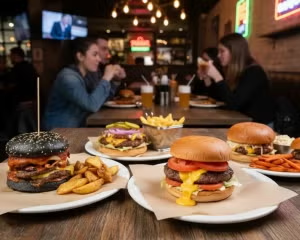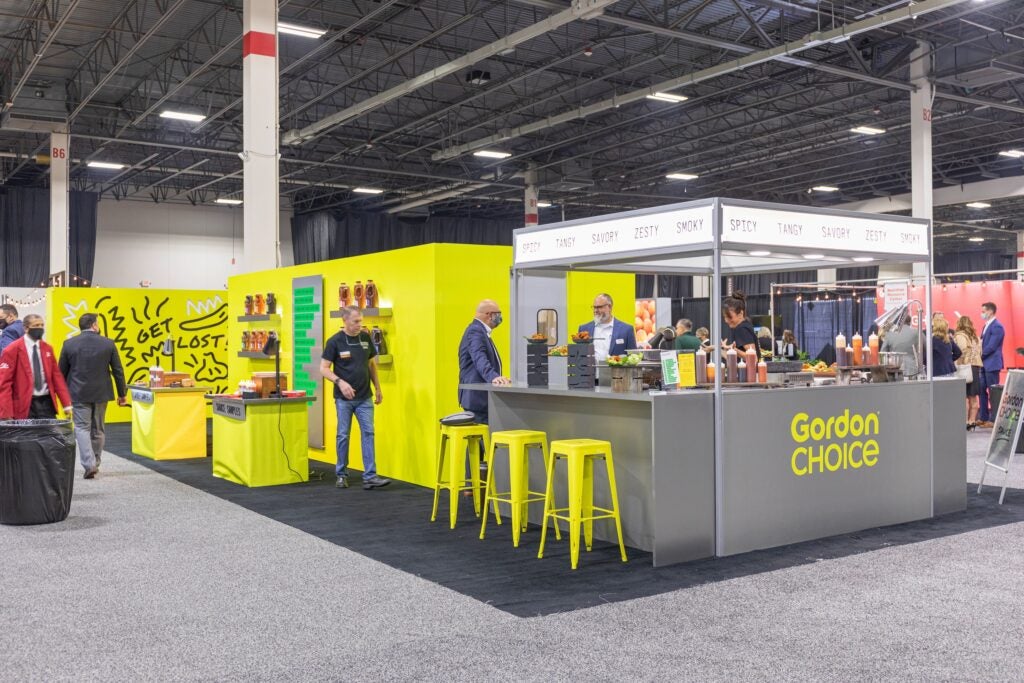Use the power of language to attract this important segment of diners
Menu language is such an important part of marketing. There is universal appeal in some food descriptions—who doesn’t like the sound of “honey-glazed” or “wood-grilled?” But the smart money is on restaurant operators who key into buzzwords that resonate with a target demographic. As millennials, that giant generation born between 1977 and 1992, boast a purchasing power of $17 billion, it makes sense to use marketing language that appeals to them.
Although no one likes snark, Andrew Robbins, President of Paytronix, a company that creates loyalty programs and gift card strategies for restaurants, says millennials appreciate a “more casual, even cheeky tone.” For menu language, this can translate into less-formal descriptions, perhaps peppered with a bit of fun attitude.
Overall themes around menu language are important when conveying values. For millennials, the industry shift from better-for-you dining to feel-good food is an important theme. Trendologist Nancy Kruse points out that this generation counts quality, not calories. They want to feel good about their menu choices—both physically and emotionally. Katie Ayoub, Managing Editor of Flavor & The Menu, relayed a similar message at the International Food Bloggers Association conference in Seattle. She described this shift, driven by millennials, which moves from a diet focus to a nutrient focus. This generation will devour 300 calories, but will do so in a wholesome way, perhaps abandoning pepperoni pizza in favour of a local honey-glazed salmon. Menu buzzwords should reflect that shift, focusing on “pure,” “all-natural,” “heirloom,” and “ancient,” as examples.
A number of restaurant brands are blazing the trail here, including Four in Toronto, which calls its mission “a balanced approach to guilt-free eating,” using olive oil instead of butter, yogurt instead of cream and vinaigrettes instead of buttery sauces. The focus is on health cues like nutrient rich, powerhouse ingredients, such as kale, almonds, quinoa, and salmon. Chipotle is certainly the most familiar brand making inroads with feel-good messaging, conveying its branding of “food with integrity.”
Making a Difference Messaging
Another overarching value that attracts millennials is the connection between restaurants and the planet. Buzzwords around fair trade, heirloom, organic, sustainable, ocean-friendly, and grass-fed, for instance, resonate. In a study titled, What Millennials Really Think: How Do Their Views Compare with Older Consumers?, conducted by Pace University, survey respondents were asked whether they would pay more for fair trade or environmentally friendly products. Sixty percent of millennials said they would.
Outside of language that speaks to sourcing, millennials look for evidence that the physical space is being managed mindfully. Buzzwords, of course, should reflect actual operational practices, but if you’re doing them, take credit through marketing language. Look to phrases like “eco-friendly,” “composting,” “biodegradable,” and “reclaimed materials.” Also, consider using recycled paper with soy-based ink and biodegradable to-go containers—each act as physical representation of closely held millennial values.
Authentic Messaging
This is one of those values that crosses generational lines. Diners today want to know that someone is making their food with care and attention. Words like “fresh” and “natural” certainly work here, but when trying to attract millennials, restaurant operators need to go even further.
Authenticity to the millennial diner means food with integrity. It’s all about honest food for them. Was it made in-house? Does it use fresh ingredients? Will it deliver an authentic dining experience? Brands like Chipotle spend a lot of money conveying this message. For the independent operator, it’s where menu language is crucial in relaying this somewhat foggy notion. “Hand-torn,” “house-preserved,” and “fresh-roasted” all make that emotional connection with this diner, who hankers for tangible artisanship in this digitally driven life.
Extra credit (and repeat business) goes to the restaurant operator who can connect those values with adventurous fare that millennials look for—miso-glazed, grass-fed short ribs with house-pickled radish, for instance.
Menu language is marketing gold. The challenge lies in determining what words resonate most with your diner, extending your vision and your passion in the hopes of gaining invested, loyal customers.










